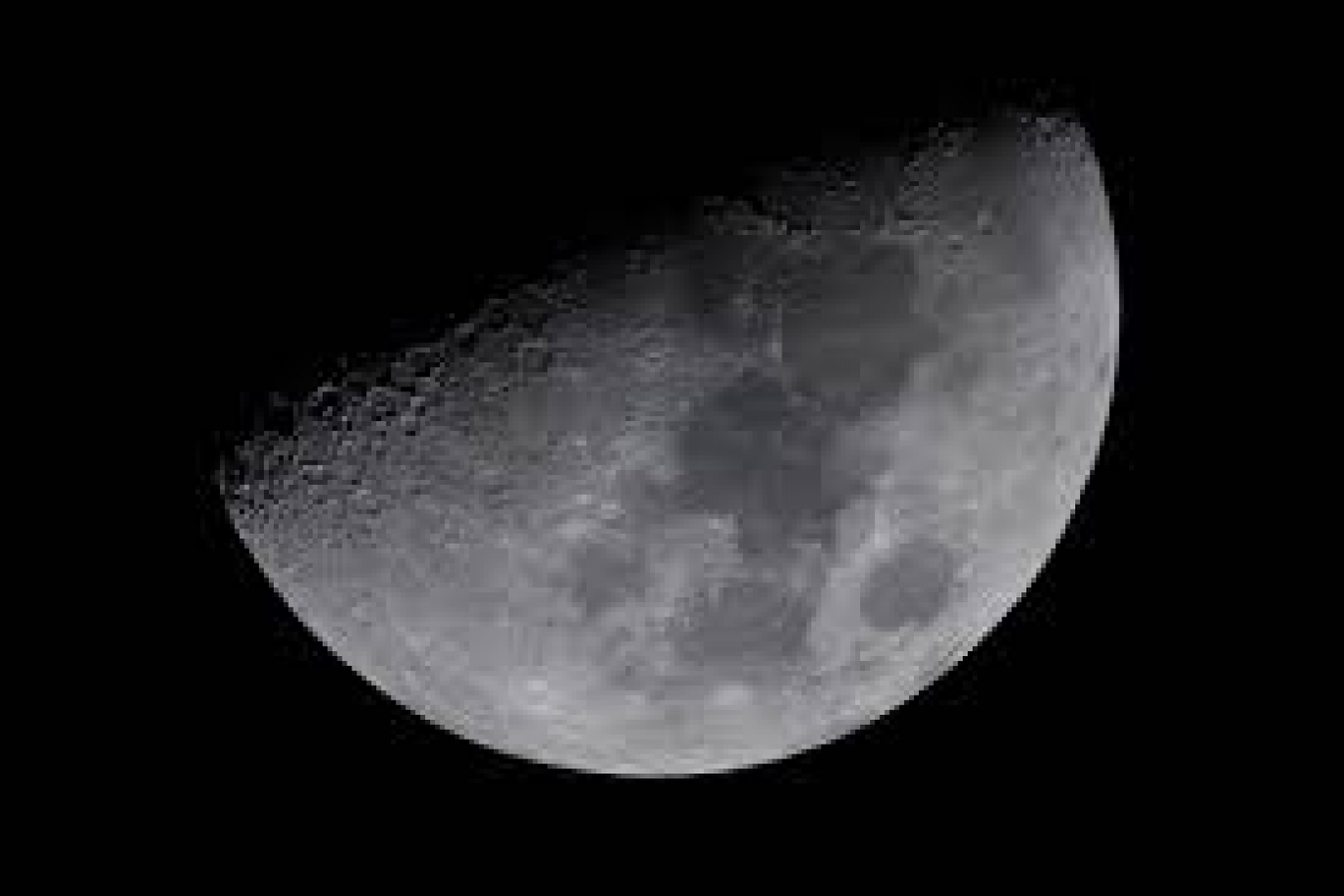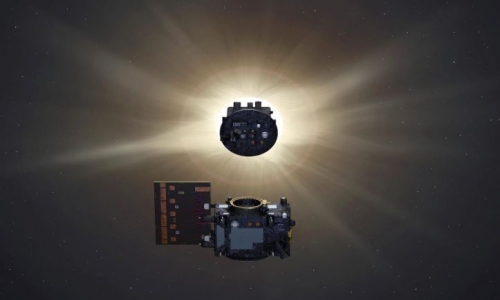


 11:6:56
11:6:56  2019-01-15
2019-01-15  1124
1124

China will seek to establish an international lunar base one day, possibly using 3D printing technology to build facilities, the Chinese space agency said Monday, weeks after landing a rover on the moon's far side.
The agency said four more lunar missions are planned, confirming the launch of a probe by the end of the year to bring back samples from the moon.
The future launches will culminate with a mission to test equipment for an international moon research base, Wu Yanhua, deputy chief commander of China's Lunar Exploration Programme, said at a press briefing.
"China, the United States, Russia and Europe are all discussing whether to build a research base or a research station on the moon," Wu said.
Scientists are looking into "whether we can use 3D printing technology" to build lunar facilities, he added.
China took a major step in its ambition to achieve space superpower status when it became the first nation to land a probe on the far side of the moon on January 3.
The Chang'e-4 lander - named after the moon goddess in Chinese mythology - released a rover that will perform experiments in the Von Karman Crater, which is located in the South Pole-Aitken Basin.
The rover, dubbed Yutu-2 (Jade Rabbit), was preparing to go back to work after waking from five days of hibernation on Thursday.
"It will be the first time that we are able to study the origin and formation... (of) the darker side the moon, including the age of... the moon," said Wu Weiren, general designer of the Lunar Exploration Programme.
Basking the mission's success, the China National Space Administration discussed plans for the future missions.
The Chang'e-5 probe, originally scheduled to collect moon samples in the second half of 2017, will launch by the end of the year, Wu said.
The mission was delayed after its planned carrier, the powerful Long March 5 Y2 rocket, failed in a separate launch in July 2017.
Following that mission, China will launch Chang'e-6 to gather samples on the moon's south pole and bring them back to Earth, Wu said.
"We will decide whether it will do it on the dark side of the moon or the near side depending on the sampling situation of the Chang'e-5," Wu told reporters.
It will be followed by Chang'e-7, which will conduct a "comprehensive exploration of the moon's south pole", including its topography, material composition and space environment, he said.
Finally, the Chang'e-8 mission will test technologies and do "some preliminary exploration for countries to jointly build a lunar research base in the future", Wu said.
Reality Of Islam |
|

Monash scie

Two spacecr
 9:3:43
9:3:43
 2018-11-05
2018-11-05
10 benefits of Marriage in Islam
 7:5:22
7:5:22
 2019-04-08
2019-04-08
benefits of reciting surat yunus, hud &
 9:45:7
9:45:7
 2018-12-24
2018-12-24
advantages & disadvantages of divorce
 11:35:12
11:35:12
 2018-06-10
2018-06-10
 6:0:51
6:0:51
 2018-10-16
2018-10-16
 7:45:39
7:45:39
 2018-06-21
2018-06-21
 12:47:1
12:47:1
 2022-12-20
2022-12-20
the happy life of mankind requirement
 6:36:36
6:36:36
 2022-01-25
2022-01-25
 10:55:53
10:55:53
 2022-06-13
2022-06-13
 7:32:24
7:32:24
 2022-02-14
2022-02-14
 12:10:56
12:10:56
 2022-11-17
2022-11-17
al-hussain (peace be upon him)
 10:18:1
10:18:1
 2022-09-21
2022-09-21
 5:41:46
5:41:46
 2023-03-18
2023-03-18
| LATEST |